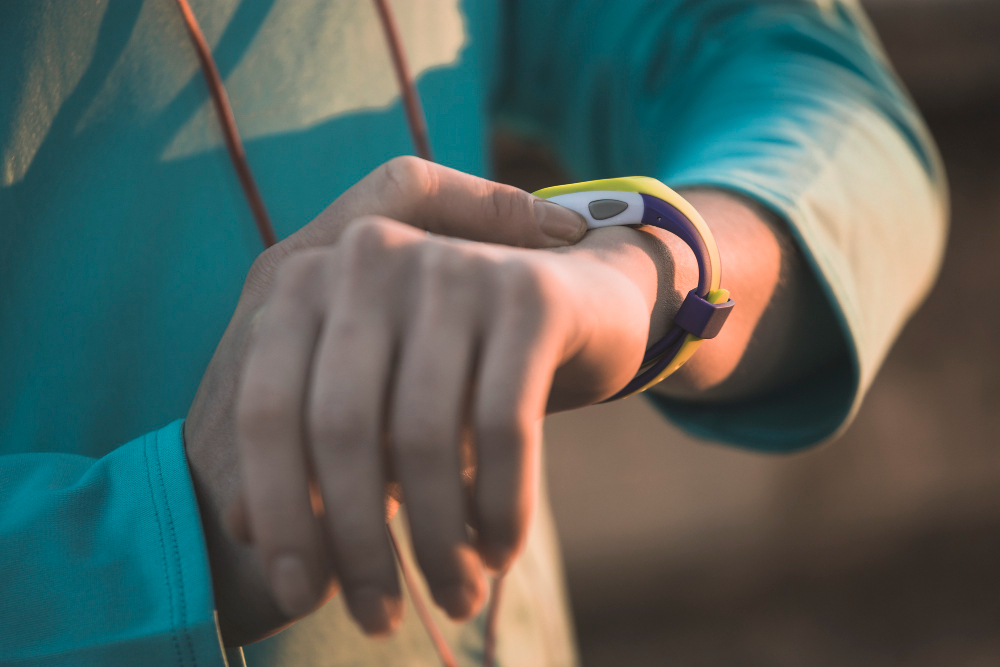In the digital era, the landscape of education is transforming swiftly, with wearable technology emerging as a pivotal player in the advancement of eLearning. As students increasingly depend on digital platforms for their educational needs, innovations such as smartwatches and augmented reality glasses are creating new opportunities for immersive and interactive learning experiences. These cutting-edge tools are not only reshaping traditional educational methodologies but also facilitating a more personalized approach that caters to the diverse needs of modern learners.
Wearable technology, epitomized by devices like smartwatches, has bridged the gap between students and real-time information access. These sophisticated gadgets offer more than just time management and notifications; they serve as personal learning companions. By seamlessly integrating educational apps, students can receive timely reminders about their schedule, access learning materials, and track their academic progress. This uninterrupted connection enables learners to stay informed and engaged, even while on the go, making continuous learning a feasible reality.
Augmented reality (AR) glasses take the educational experience a step further, enabling an immersive exploration of complex subjects. By overlaying digital content onto the physical world, AR provides students with an interactive way to understand difficult concepts. Imagine biology students watching the anatomy of a frog as a 3D hologram, or history students experiencing ancient civilizations through virtual tours — the possibilities for enhanced engagement and retention are endless. This hands-on learning approach caters to varied learning styles and promotes deeper understanding.
A significant advantage of wearable tech is its ability to personalize learning experiences. With the power to collect and analyze data on student interactions, these devices create tailored learning pathways. A smartwatch might track a student’s biometrics, identifying optimal study times through heart rate variations, while an AR headset could modify lesson complexity based on real-time performance analysis. By adapting to individual needs, wearable tech makes eLearning more effective and student-centered, encouraging self-paced, autonomous learning.
As educational institutions adopt wearable technologies, teachers are also reaping the benefits of these advancements. Educators can utilize wearable tech to monitor student engagement levels and adjust their teaching methods accordingly. Real-time analytics provide insights into which teaching strategies are most effective, allowing educators to fine-tune their approach for maximum impact. This symbiotic relationship between technology and teaching methods results in improved learning outcomes, fostering an educational environment that is both dynamic and reflective of current technological trends.
Integrating wearable devices in education does come with challenges, such as digital equity and data privacy concerns. Ensuring all students have access to such technology is crucial for preventing disparities in learning opportunities. Moreover, safeguarding sensitive data collected by these devices is imperative to maintain trust. Addressing these issues requires collaborative efforts from educators, policymakers, and tech companies to create an inclusive, secure digital learning ecosystem.
In conclusion, wearable technology is paving the way for a new era in eLearning, transforming how students interact with knowledge. By offering real-time access, personalized experiences, and augmented reality capabilities, these devices enhance engagement, comprehension, and retention. As the adoption of wearable technology grows, it holds the promise of creating a more inclusive and adaptable educational landscape, preparing students for a future where learning is integrated seamlessly into everyday life. The revolution in learning has begun, and wearable tech is at the forefront, reshaping education for generations to come.
